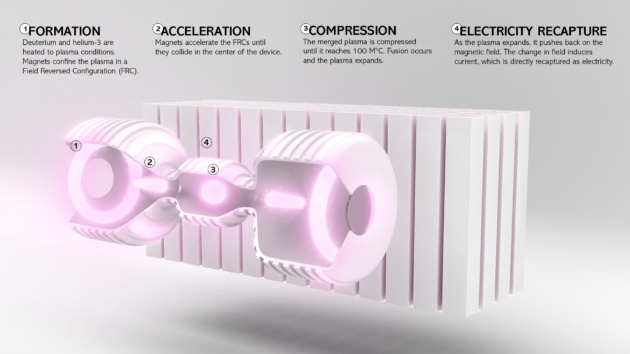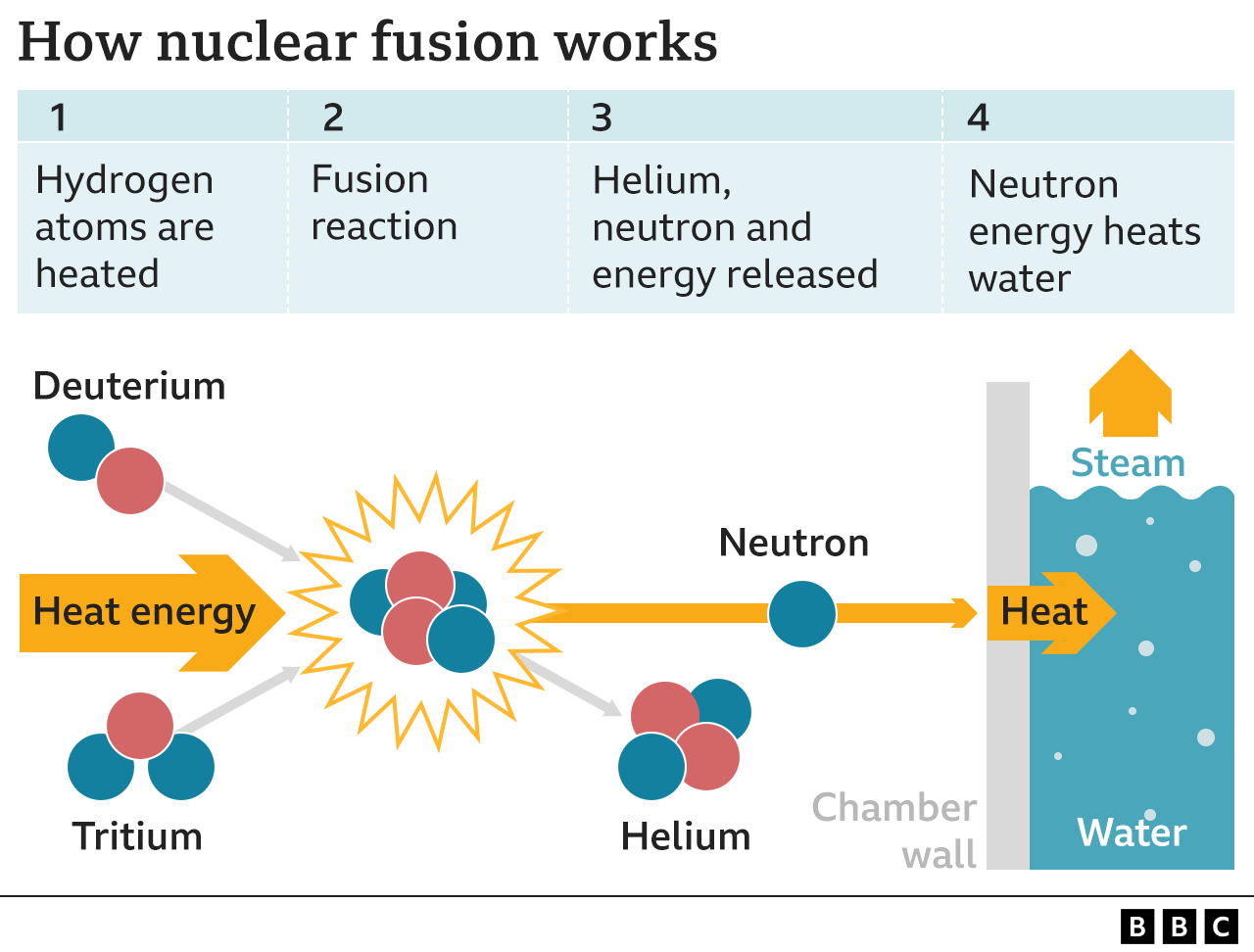Condottiere
Emperor Mongoose
Starships: One Hundred Twenty Tonne Raft Class
1. While the sections are together, drives, power plants and weapons can all be combined when calculating performance.
2. Four breakaway hulls, each thirty tonnes each; primary, three secondaries.
3. Primary streamlined ungravitated hull, six tonne bridge, ten tonne Venture jump drive, twelve tonne fuel tank, three fifths of a tonne breakaway hull, three eighths of a tonne budgetted/increased size manoeuvre drive, one tonne budgetted/increased size early fusion reactor.
4. Nine tenths, half, nine, freebie, one and one fifth, 0.5625, three tenths: 12.4625 megastarbux.
5. Secondary streamlined ungravitated hull, one and a half tonne single cockpit, one tonne fuel tank, three fifths of a tonne breakaway hull, three eighths of a tonne budgetted/increased size manoeuvre drive, one tonne budgetted/increased size early fusion reactor, two tonne stateroom, 23.525 tonne cargo
6. Nine tenth, one hundredths, freebie, one and one fifth, 0.5625, three tenths, quarter, freebie: 3.2225.
7. Total: 22.13 megastarbux.
8. Primary hull acts as jump taxi.
9. Secondary hulls are attached lighters.
1. While the sections are together, drives, power plants and weapons can all be combined when calculating performance.
2. Four breakaway hulls, each thirty tonnes each; primary, three secondaries.
3. Primary streamlined ungravitated hull, six tonne bridge, ten tonne Venture jump drive, twelve tonne fuel tank, three fifths of a tonne breakaway hull, three eighths of a tonne budgetted/increased size manoeuvre drive, one tonne budgetted/increased size early fusion reactor.
4. Nine tenths, half, nine, freebie, one and one fifth, 0.5625, three tenths: 12.4625 megastarbux.
5. Secondary streamlined ungravitated hull, one and a half tonne single cockpit, one tonne fuel tank, three fifths of a tonne breakaway hull, three eighths of a tonne budgetted/increased size manoeuvre drive, one tonne budgetted/increased size early fusion reactor, two tonne stateroom, 23.525 tonne cargo
6. Nine tenth, one hundredths, freebie, one and one fifth, 0.5625, three tenths, quarter, freebie: 3.2225.
7. Total: 22.13 megastarbux.
8. Primary hull acts as jump taxi.
9. Secondary hulls are attached lighters.


